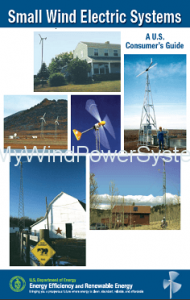From time to time, you will have seen reports of research and innovation in the area of floating offshore wind technology. This has usually come from Europe or the US as governments there are encouraging such development. There are more than 30 floating wind-turbine projects around the globe. 12 of these are full-scale installations are expected to be commissioned and come online over the next two to three years. These include Statoil of Norway and US company Principle Power which have launched full-scale pilot projects.
However for the last 10 years- and attracting much less attention- Japanese academic institutions, government organizations, and private industry have developed numerous designs for floating foundations. Because almost all of this research has been published only in the Japanese language, it has gone largely unnoticed in the West.
Japan may soon be the one to watch: More than 70% of the world’s offshore wind resource is located in deep water (over 100 meters) around the world, meaning that floating foundations are the long-term future for the offshore wind industry once we’ve exhausted coastal offshore sites. Japan’s growing know-how in floating technology is likely to give the country a key strategic edge in penetrating overseas markets… once they start translating into English and advertising in the media!
Of course, a real spur to the development of floating offshore wind turbines was the 2011 earthquake, tsunami and nuclear disaster that devastated Fukushima also virtually ripped up the country’s nuclear-focused energy policy. Only two of 54 nuclear reactors are operating in Japan today.
Last year, a consortium in Kyushu installed a half-scale pilot of a floating spar with a 100kW turbine. This is being replaced by a full-scale version with a 2MW turbine, also expected to go fully operational imminently. The installation of two gravity-foundation turbines, one at the entrance of Tokyo Bay and one in Kyushu, will provide performance and ecological data that can be compared with data collected at the floating sites.
It’s not all plain sailing (or perhaps plain floating would be a better expression). The fishing industry, while more welcoming towards offshore wind now than prior to the earthquake, still needs to be convinced. The Japanese government is investing in a study of what standards are needed to ensure safety for maritime vessels navigating around floating offshore wind farms. Finally, there’s the problem of Japan’s weak and patchy onshore transmission infrastructure and grid connection.
However, the Japanese have the bit between their teeth and have shown time and time again that once they set their minds (and money) to solve a problem, it will be solved… and then sold to the rest of Asia, Europe, and the USA.




